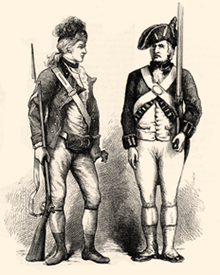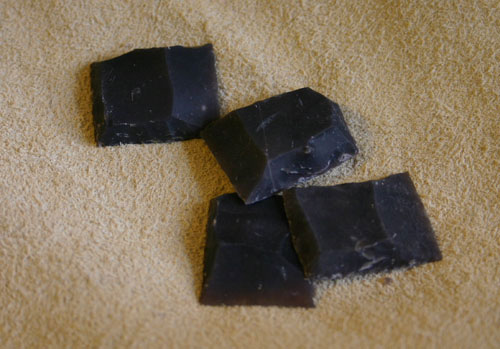 |
The R.E. Davis Company sells a variety of items for the history minded. For over 40 years we have been one of the leaders in manufacturing muzzleloading firearm components, including locks, triggers, mounts and accessories. We even expanded our product line to include reproductions of early American children's toys, as well as books, videos, & posters related to 18th & early 19th century American frontier history. |
|
Single Set Trigger
Item #0002
Retail price $100.
This trigger can be used in a pistol or rifle. Push the trigger forward to set the spring and have a target/hair trigger or just squeeze it for a simple pull style. Read more
Flints – Flints – Flints
Best Flints
(Get them by the dozen and SAVE) Read more
Aquired Castings
The R.E. Davis Company has aquired several new patterns of sandcast buttplates, trigger guards, and sideplates. We are also very excited about being able to make available a full line of cast knife parts. Check back for more updates of when they will be added to the catalog and website.
Follow Us on YouTube
We are now on YouTube. You can subscribe to our video feed and recieve email updates when we upload news or videos via YouTube. Read more
Click on a Davis Tip to Read more.
 Never Pry Under the Hammer
Never Pry Under the Hammer
 Inletting Barrel Keys / simple Trigger
Inletting Barrel Keys / simple Trigger
 Inletting Inlays, Patchboxes, or Side Plates
Inletting Inlays, Patchboxes, or Side Plates
 Installing Lock Bolts
Installing Lock Bolts
 Removing a Frizzen Spring or Main Spring
Removing a Frizzen Spring or Main Spring
 Snapping a Flintlock without the Flint
Snapping a Flintlock without the Flint
 Damage to a Frizzen
Damage to a Frizzen
 Disassembly Procedure for Davis Locks
Disassembly Procedure for Davis Locks







